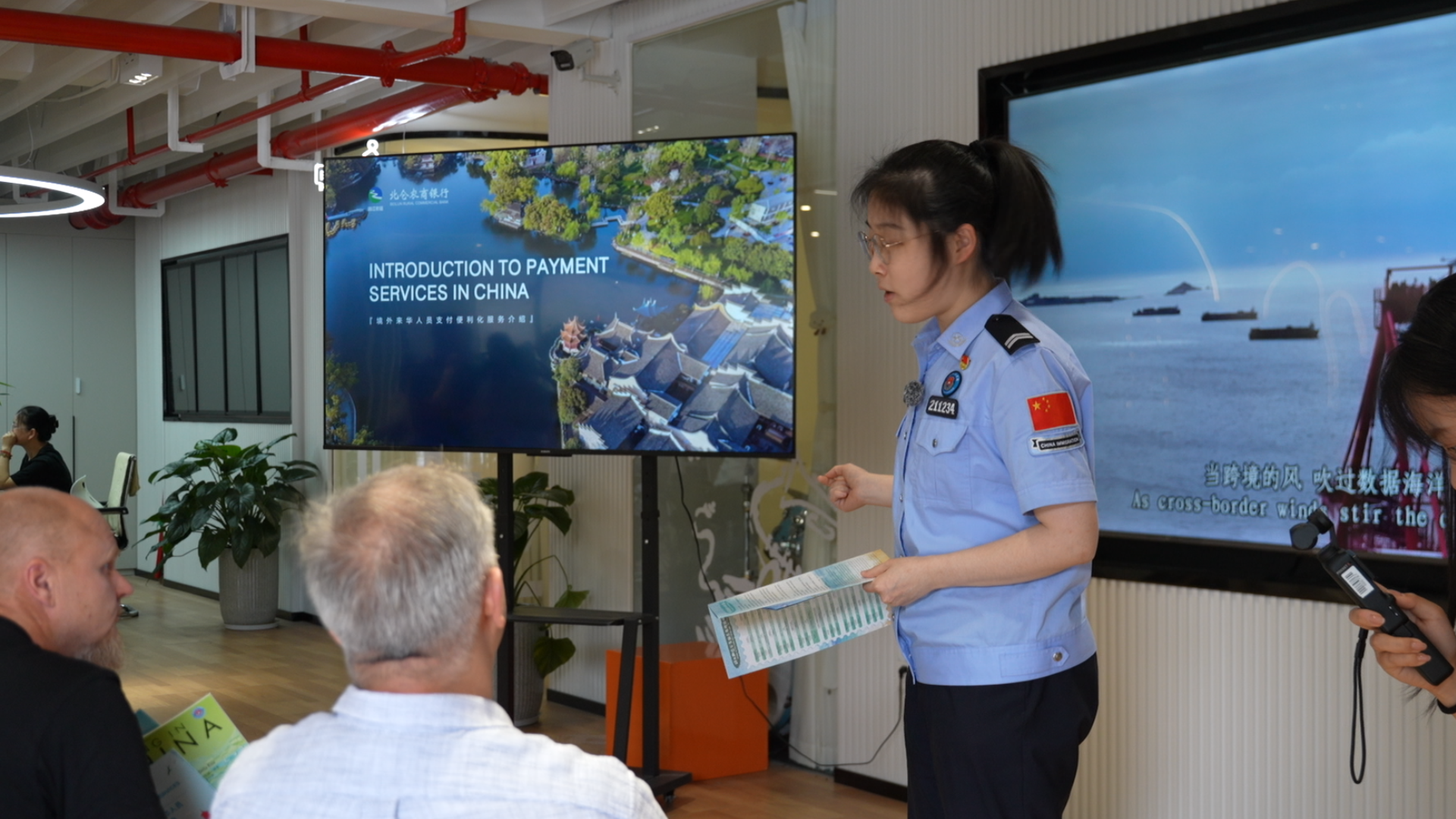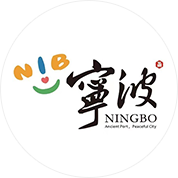The ocean is the vastest territory, and it carries the deepest bonds. On June 25, “Day of the Seafarer” put the spotlight on 2.4 million seafarers worldwide. On this day, the Ningbo Immigration Inspection Station and the Exit-Entry Administration Brigade of the Beilun Branch of the Ningbo Public Security Bureau jointly invited four international seafarers to Yulan Community. Through sessions on policy briefings, payment experiences, and intangible cultural heritage activities, the seafarers learned about traditional Chinese culture, experienced convenient payment methods, and felt the warmth and kindness of Ningbo.
As the “Eastern Grand Port,” Ningbo Zhoushan Port has ranked first in the world in cargo throughput for 16 consecutive years. It operates more than 200 international shipping routes and receives over 10,000 inbound and outbound vessels and more than 140,000 inbound and outbound international seafarers each year, making it one of the most concentrated ports for international crew calls. To encourage international seafarers to learn about China through the port cities they visit, Ningbo has launched the “100,000 Seafarers” exchange program, creating a full-chain international seafarer service ecosystem to make shore leave more convenient.
 Border inspection officers explaining the latest 240-hour visa-free transit policy (Photo by Zhu Xiaoyi)
Border inspection officers explaining the latest 240-hour visa-free transit policy (Photo by Zhu Xiaoyi)
At the Foreign-related Legal Service Station in Yulan Community, Officer Wang Jiaqi from the Ningbo Immigration Inspection Station introduced the National Immigration Administration’s 12367 service platform in fluent English and demonstrated the online reservation system for the new Foreigner’s Permanent Residence ID Card.
“Seafarers from 55 eligible countries can enjoy the 240-hour visa-free transit policy at Ningbo Airport with valid documents.” This facilitation measure was met with nods of approval from the seafarers. Immigration officers also distributed A Guide for Foreign Nationals Visiting China and A Guide to Payment for Foreign Nationals in China, and invited the seafarers to explore Ningbo during their free time.
At the event, the Beilun Sub-branch of the People’s Bank of China, together with the Financial Innovation and Development Bureau of the Ningbo Economic and Technological Development Zone and Beilun Rural Commercial Bank, organised a small lecture on payment facilitation policies. They helped international seafarers learn about China’s payment systems and guided them in trying various payment methods on the spot.
Novich from Poland told reporters that he usually exchanged cash at the bank after disembarking for shopping and daily expenses. Under the guidance of staff, it took him only three minutes to register a digital RMB wallet, top it up with 200 yuan, and purchase taidiao mille-feuille and dried rice cakes. “Ningbo’s food-making skills are really impressive!” he said while munching the crispy snacks and proudly showing the fragrant paper bag to his companions.
 Seal engraving works by international seafarers (Photo: Mao Chenyan)
Seal engraving works by international seafarers (Photo: Mao Chenyan)
In the community, a seal engraving instructor guided the four seafarers in carving their seals. After repeatedly tracing the seal script character “海” (ocean), seafarer Simon remarked, “This pictographic character looks like waves holding up the bottom of a boat.” Seal engraving, a key part of China’s intangible cultural heritage, carries profound cultural value and artistic tradition. Within this small space of a seal, the international seafarers experienced the charm of Chinese culture.
It is reported that Beilun District is working with port authorities to enhance the “seafarer economy” by optimising entry-exit services, improving transportation networks, strengthening information services, and promoting financial support services, making international seafarers ambassadors of Beilun’s international image and storytellers of its development and hospitality.
Source: Yongpai
Reporter: Chen Ye
Contributors: Qiu Jilin, Mao Chenyan, Zhu Xiaoyi
Editor: Ye Ke



